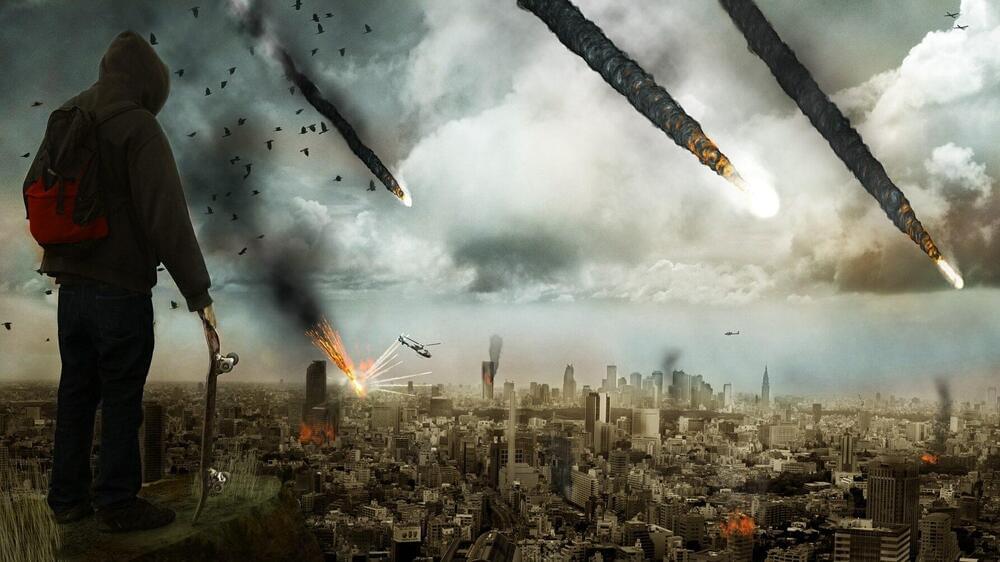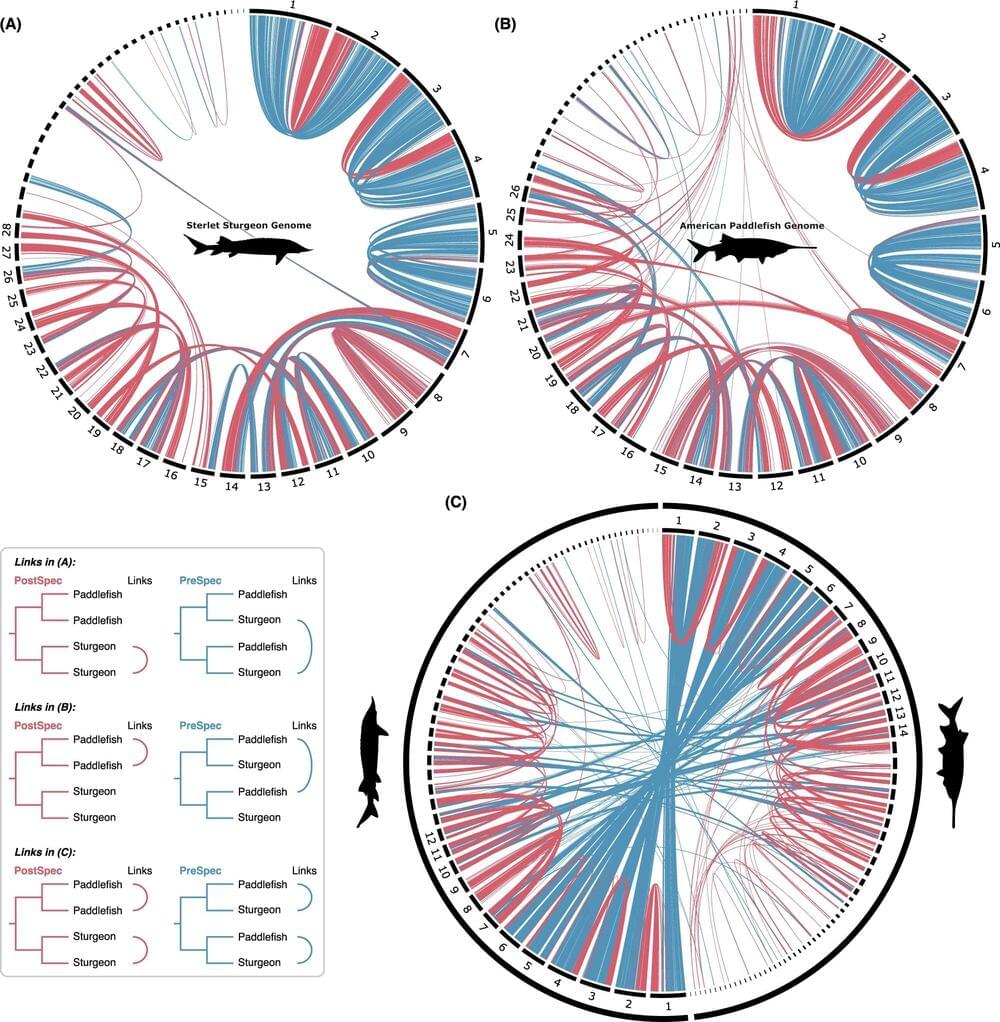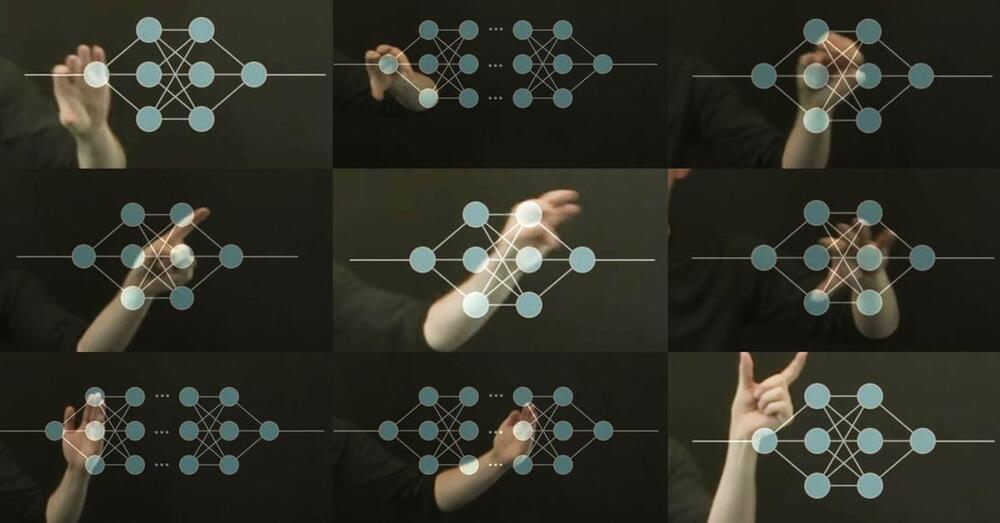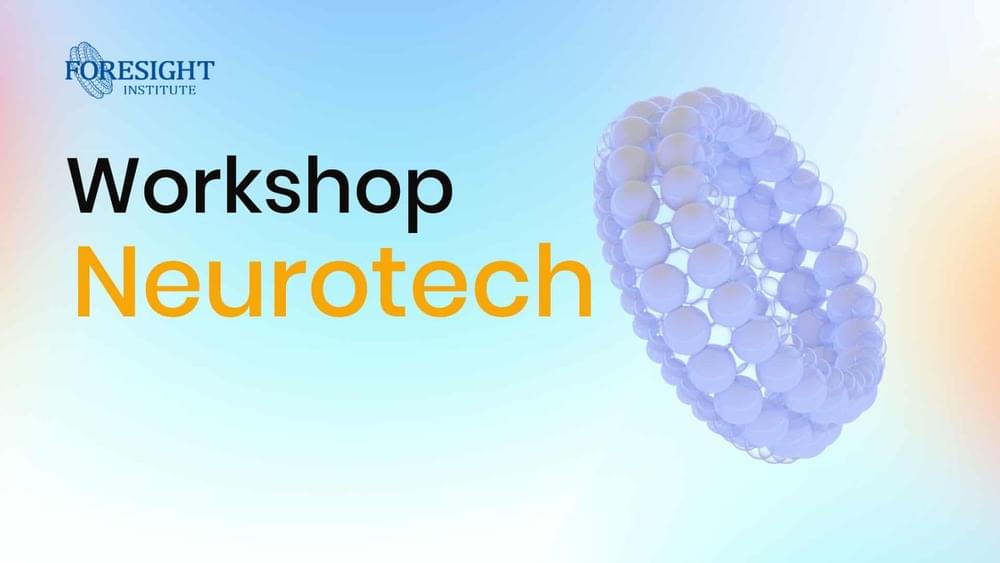A raft of industry experts have given their views on the likely impact of artificial intelligence on humanity in the future. The responses are unsurprisingly mixed.
The Guardian has released an interesting article regarding the potential socioeconomic and political impact of the ever-increasing rollout of artificial intelligence (AI) on society. By asking various experts in the field on the subject, the responses were, not surprisingly, a mixed bag of doom, gloom, and hope.
Yucelyilmaz/iStock.
“I don’t think the worry is of AI turning evil or AI having some kind of malevolent desire,” Jessica Newman, director of University of California Berkeley’s Artificial Intelligence Security Initiative, told the Guardian. “The danger is from something much more simple, which is that people may program AI to do harmful things, or we end up causing harm by integrating inherently inaccurate AI systems into more and more domains of society,” she added.





